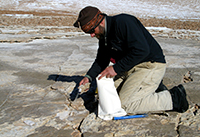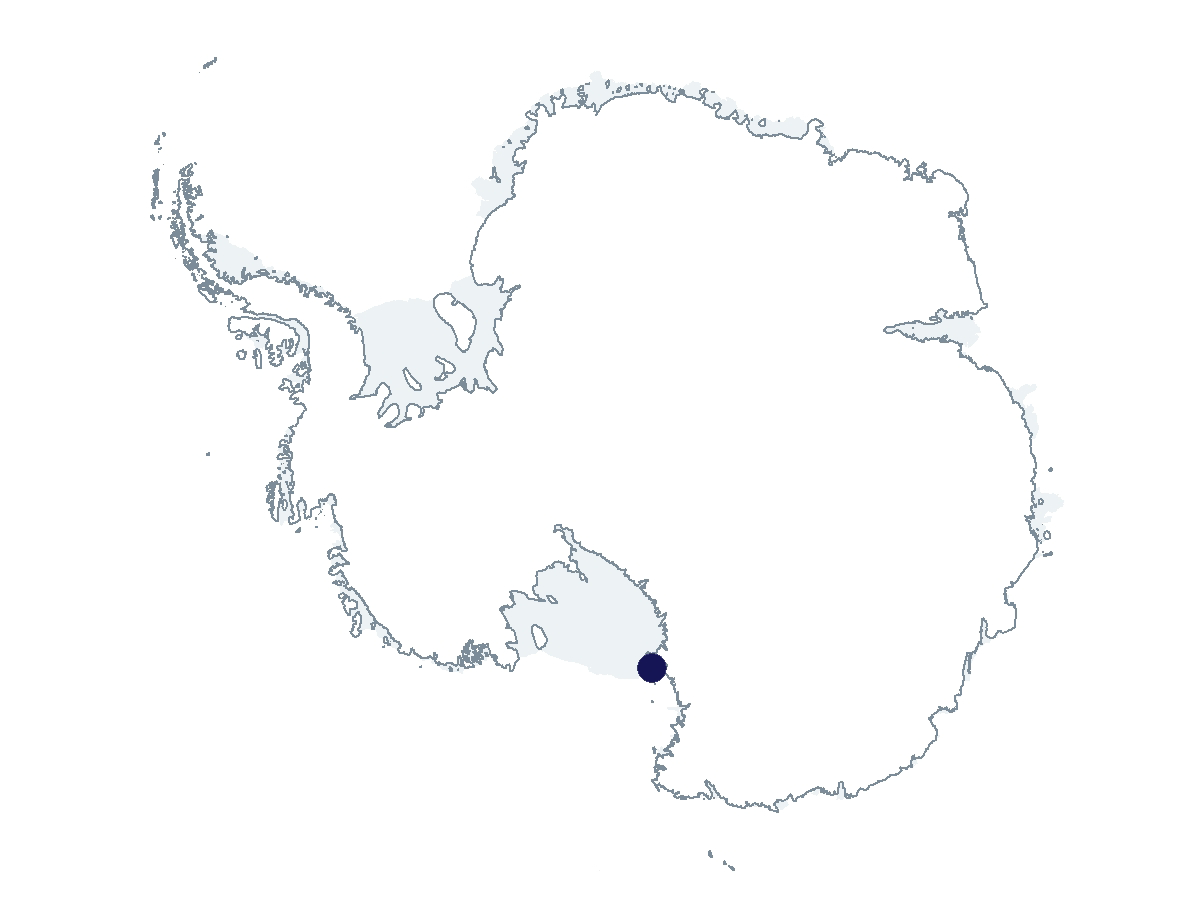2022-2023 USAP Field Season
Project Detail Project TitleReconstructing temperatures during the mid-Pliocene Warm Period in the McMurdo Dry Valleys with cosmogenic noble gases Summary
Event Number:
Program Director:
ASC POC/Implementer: Principal Investigator(s)
Dr. Marissa M Tremblay
Location
Supporting Stations: McMurdo Station DescriptionScientists study the Earth's past climate in order to understand how the climate will respond to ongoing global change in the future. One of the best analogs for future climate might be the period that occurred approximately three million years ago, during the mid-Pliocene Warm Period (m-PWP). The temperatures in polar regions during the m-PWP have not been well determined at this time. This project will provide constraints on surface temperatures in Antarctica during the m-PWP using a new type of climate substitute known as cosmogenic noble gas paleothermometry. This project focuses on the McMurdo Dry Valleys (MDVs), where the climate models suggest that temperatures were more than 10°C warmer during the mid-Pliocene than they are today, but indirect geologic observations suggest that temperatures may have been similar to today. The MDVs is a place where rocks have been exposed to Earth surface conditions for several million years and where this new climate substitute can be readily applied. The project will reconstruct temperatures in the MDVs during the m-PWP in order to resolve the discrepancy between models and indirect geologic observations and provide much-needed constraints on the sensitivity of Antarctic ice sheets to warming temperatures. Field Season OverviewA team of four participants will deploy to install meteorological instruments and collect rock samples from up to six locations in the McMurdo Dry Valleys. Two of these participants will transfer to this team after completing work for Lamp G-055-M. The team will work in the near vicinity of two tent camps, one in Arena Valley and the second in the Western Olympus Range, spending up to two weeks at each location. Some sampling and instrument installation sites will be within three km of the camps and will be accessed by foot. For other sites, they will take helicopter-supported daytrips to Mount Feather, Mount Fleming, Table Mountain, and Beacon Heights. Unaccompanied rock samples will be returned to McMurdo Station on return helicopter flights for "keep frozen" storage. Instruments to be installed include full micrometeorological stations, anemometers, barometric pressure sensors, thermistors installed at several depths in bedrock near sampling sites, air temperature-relative humidity sensors with battery powered data loggers on tripods, and solar irradiance using a silicon pyranometer. Deploying Team Members
|
2022-2023 Science Planning Summary



For USAP Participants |
For The Public |
For Researchers and EducatorsContact UsU.S. National Science FoundationOffice of Polar Programs Geosciences Directorate 2415 Eisenhower Avenue, Suite W7100 Alexandria, VA 22314 Sign up for the NSF Office of Polar Programs newsletter and events. Feedback Form |



